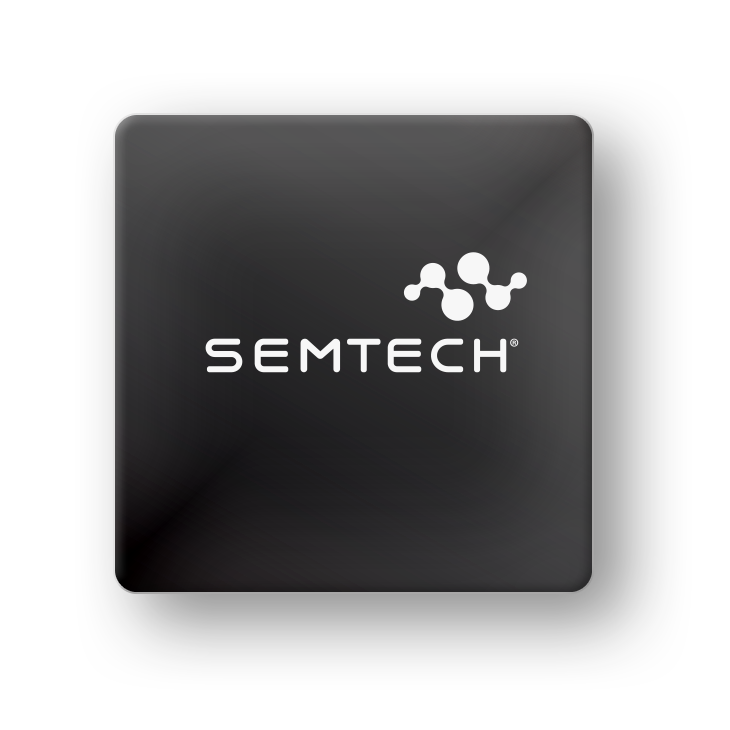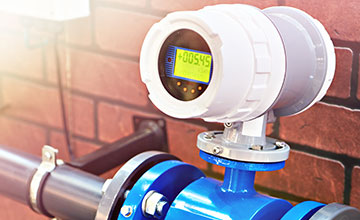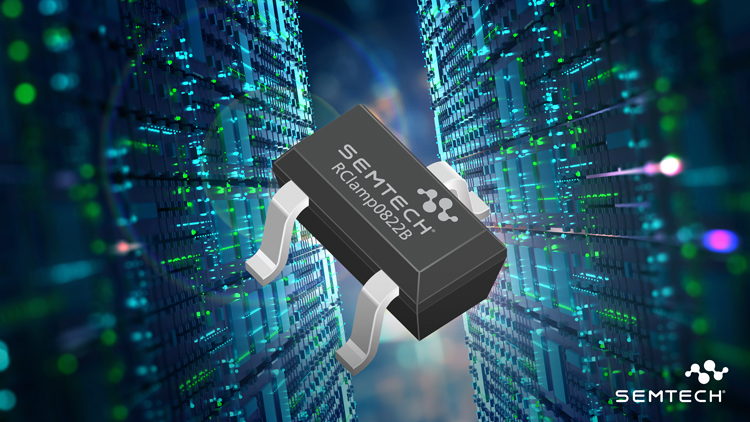Overview
Please use GS2988 for new designs.
The GS1678 is a high-speed BiCMOS integrated circuit designed to drive one or two 75Ω coaxial cables. The GS1678 can drive data rates up to 1.485Gb/s, and provides two selectable slew rates in order to achieve compliance to SMPTE 292M, SMPTE 259M and SMPTE 344M.
The GS1678 accepts industry-standard differential input levels, including LVPECL and CML. The DISABLE pin powers-down the output driver, leaving the serial data output in a high-impedance state. The GS1678 features an adjustable output swing using an external bias resistor. The single-ended output swing is adjustable from 600mVpp to 1200mVpp. The GS1678 can be powered from either a 3.3V or a 2.5V supply. Power consumption is typically 110mW using a 2.5V power supply.
The GS1678 is footprint and drop-in compatible with existing GS1578A and LMH0002 designs, with no additional application changes required.
Features
- Pin-compatible with and replaces the LMH0002
- SMPTE 292M, SMPTE 259M and SMPTE 344M compliant
- Supports data rates from 270Mb/s to 1.485Gb/s
- Supports DVB-ASI at 270Mb/s
- Wide common-mode range input buffer
- 100mV sensitivity
- Supports DC-coupling to industry-standard differential logic
- on-chip 100? differential data input termination
- Differential coaxial-cable-driving outputs
- selectable slew rates
- adjustable output swing from 600mVpp to 1200mVpp
- DISABLE control
- Robust output signal presence function
- Excellent output eye quality
- Power supply operation at 3.3V or 2.5V
- 110mW power consumption (2.5V supply)
- Operating temperature range: -40°C to +85°C
- Small footprint QFN package (4mm x 4mm)
- Drop-in compatible with the GS1578A
- Pb-free and RoHS compliant
Order Codes
- GS1678-INTE3: Lead-Free, RoHS Compliant, Tape and Reel-250 Pieces
- GS1678-INE3: Lead-Free, RoHS Compliant, Tray-490 Pieces
PB Free/ROHS
Learn More →
| Documents | Release Date | Type | |
|---|---|---|---|
| GS1678 Datasheet | 2018-11-14 | ||
| GS1678 IBIS Model | 2019-03-02 | IBS | |
Applications
- Audio De-embedders
- Audio Embedders
- Camera
- Camera Control Unit
- Distribution Amplifiers
- Encoders/Decoders
- Format Detectors
- Master Control Switchers
- Monitors, Multiviewers
- Production Switchers
- Routers
- SMPTE 292M and SMPTE 259M coaxial cable serial digital interfaces
- Test and Measurement Equipment
- Up/Down/Cross Converters
- Video Capture Cards
- Video Servers
- Video Tape Recorders
Inventory
| Product | Country | Distributor | Qty | Buy |
|---|



.jpg)













.png)

















